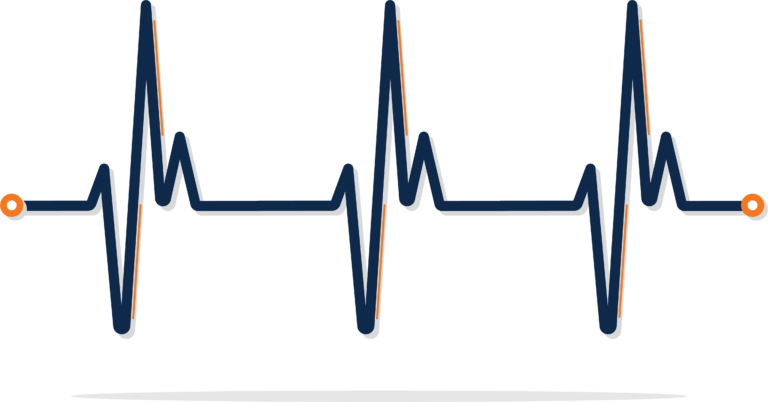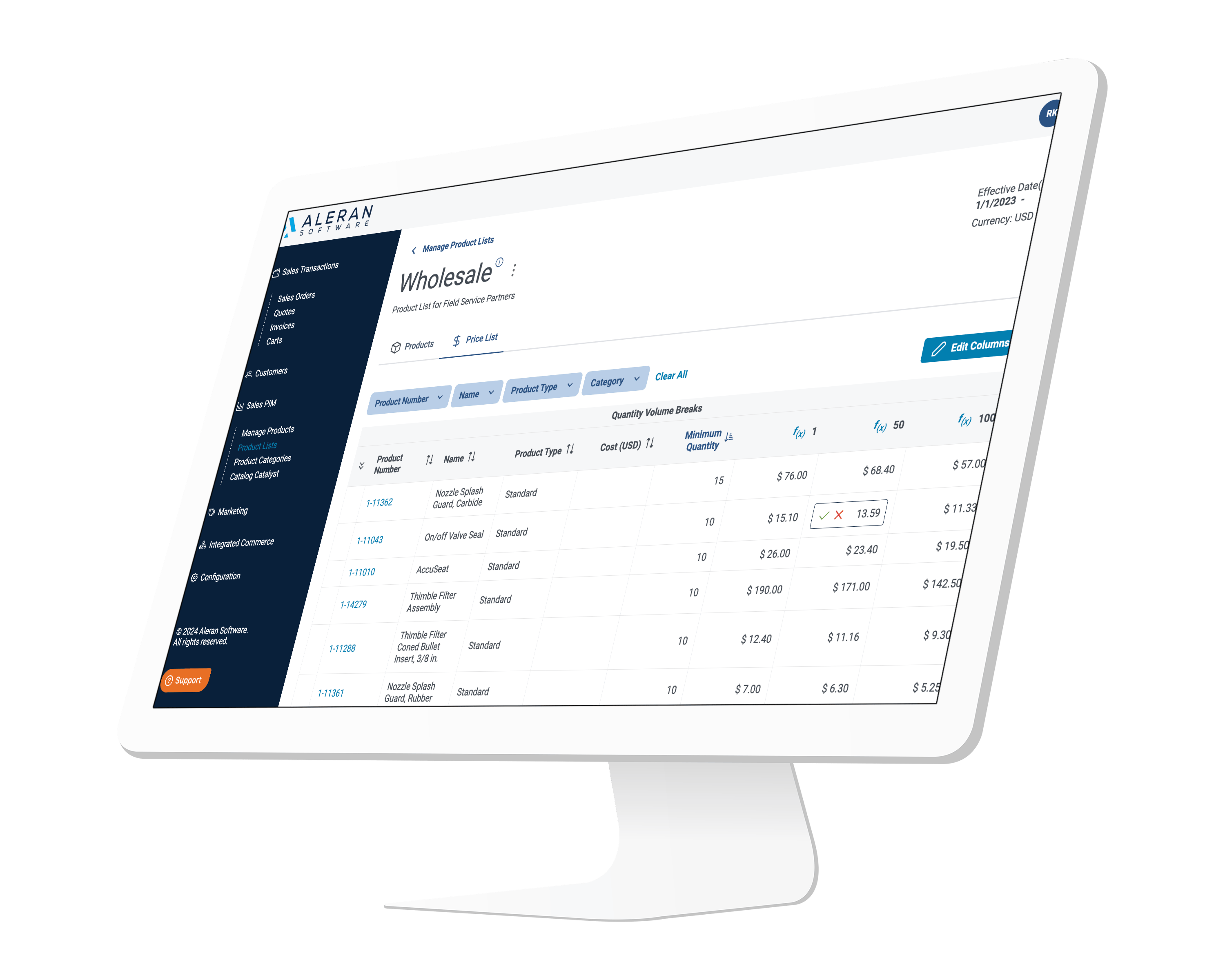Headless e-Commerce is having a moment.
Businesses have grown wary of becoming overly reliant on products and services that trap them into a specific ecosystem. These “monolithic” e-Commerce providers bundle everything together, so you’re effectively stuck with a front end and back end of a product that looks and works a certain way, regardless of the changing needs of your business.
But with headless e-Commerce, you’re no longer shackled to a single provider and its required operating rules. Headless e-Commerce frees businesses from the singular architecture that their monolithic providers demand they use. It provides a level of flexibility that would have been unthinkable just a couple years ago, and it enables businesses of all sizes to bring agility to their operations.
Let’s explore headless e-Commerce in detail, highlighting the reasons why so many have chosen to make the jump.
First Things First: What Is Headless e-Commerce?
Before we get too deep into the benefits of e-Commerce, it helps to understand precisely what we mean.
Most providers of online marketplaces, i.e. companies like Shopify, Salesforce, Wix, and many, many others, tie their front-end user interface to CMS and product tools. This can make it easy for no-frills businesses, particularly those without a ton of customer and product data, to get up and running. But as businesses grow, and their data grows more robust and complex, with other operational needs affecting the tools they use, that backend may no longer be sufficient.
This creates a Catch-22; if you’re the business owner, you need to switch e-Commerce platforms to suit your needs. But doing so will mean transferring all your data to that other platform, leaving you to implement a new shopping cart and user interface on top of it.
This is where headless e-Commerce comes in. Headless e-Commerce divorces all your backend business operations from your front-end user interface. This lets you transfer data seamlessly between your storefront, your preferred CMS, and any other software crucial for your business. Is your front-end user interface working well? Great, you get to keep it, only now you’re receiving and transferring data via a CMS of your choosing, not the CMS your digital shopping provider demands that you use. Perhaps the biggest draw of headless e-Commerce is that it removes your business from its reliance on a single provider for your online shopping experience.
When you build your business on a specific online shopping platform, you get all the benefits of the service that platform has created. But you also get all the drawbacks. You’re beholden to what they’ve made, regardless of whether it’s the best fit for your business. And if something doesn’t quite meet your needs on the front end or the back end, that’s too bad, because those systems are completely intertwined.
Over time, you may find yourself putting up with a less-than-perfect user interface, incomplete databases, or any number of weaknesses because you don’t want to go through the process of moving to a new online merchant service. The monolithic e-Commerce approach creates an all-or-nothing scenario, where moving on to another vendor requires a serious investment in time and resources.
Headless e-Commerce frees you from this dependence. If you love your front-end user interface but know that your back-end CMS could be improved, you can keep the front-end you’ve built while migrating your back-end operations to a headless system. You continue to acquire the data and information you need on the front-end, while you benefit from a back-end that exists to serve your business, rather than one that you’re stuck with by virtue of, “it came with everything else.”
This kind of independence can free your business to embark on new ventures that you may have put off because your monolithic e-Commerce provider failed to hit the mark. It’s a degree of independence that wouldn’t otherwise be possible. Because it’s built on a series of APIs that transfer data between different sources, you gain versatility in your operations.
When you’re dealing with a monolithic e-Commerce provider, everything you do must run through their CMS, which limits your ability to integrate and operate with other types of applications. But with headless e-Commerce, you can plug and play whichever other solutions best fit your business needs.
Let’s dive into an example. Say you have a digital storefront decoupled from your backend operations thanks to headless ecommerce. If you have a solution like Aleran, whose ecommerce runs on prebuilt APIs, you’re afforded the flexibility to integrate with other applications.
So if there’s an ERP your accounting team prefers, you can integrate with that. If your IT or cybersecurity teams want a particular tool for PCI compliance, you can go with that one. You can use a CRM that better suits your marketing team. And if you don’t know what solution will work best, you can peruse the digital marketplace at your leisure to find the perfect product, confident in your ability to ultimately integrate your CMS with the tool you eventually choose.
This versatility extends to your development team’s ability to pursue new and innovative ideas. Because the tinkering your engineers go through on the back end won’t have any impact on your front end user interface, you’re free to try out things that may have originally been years away on your roadmap.
This level of versatility only comes with a migration to headless e-Commerce. Tied intrinsically to versatility is an improved exchange of data, particularly the ability to carry your business data with you, safely and securely, to the platforms you need it to be on.
At Aleran, our APIs are based on loosely coupled microservices that can interact with and seamlessly transfer information between each other. If you have disparate programs and systems that rely on a shared lake of information, you’re able to move that data from one place to another.
For an employee user, once the program is set up, it will look like you’re pulling from the exact same ecosystem, even if the data is actually housed in separate digital locations. If your sales and marketing teams want to use your sales information to incorporate into their future strategic planning, they can do so. If your IT team needs to see user behavior and buying patterns to guide their future changes to your products and services, they can.
SInce these applications aren’t tied exclusively to the front end, you gain functionality you simply wouldn’t have if you relied on a monolithic structure. The biggest benefit we haven’t yet covered is the one that could carry the most upside for your business: speed.
Headless e-Commerce eliminates so much of the time that gets spent on non-essential and duplicative tasks. When your monolithic e-Commerce platform doesn’t “play nice” with the other tools you have for essential business functions, you’re forced by necessity to go through manual imports and exports, data sorting, and other mundane tasks that keep your business from becoming as productive as it could be.
With headless e-Commerce, that data alignment just happens. It’s baked into the concept of headless e-Commerce itself. Your different channels and tools pull data from a single source of truth, with APIs working behind the scenes to ensure everyone is relying on the same insights at the same time.
No time lost stressing over Excel and CSV documents, no worries about whether or not all of your teams will have visibility into essential data. Headless e-Commerce speeds up your business operations, taking the worry out of data unification.
Put Headless e-Commerce to Work for You
If you’re ready to see what headless e-Commerce can bring to your business, either as a standalone platform or integrated with other critical systems, contact Aleran. We can show you the power of headless e-Commerce and the degree of customization it can bring for your organization. It’s easy to set up, easy to use, and works seamlessly with your other essential digital tools.



